The wild side of style
“If you’re fair and sweet, don’t wear it!” Christian Dior once said when he used leopard print in his 1947 collection. Still, many who fit that description may have been emboldened to actually wear the print as well as those of the other animals of the wild which have been appearing on the runways ever since.
In the past year alone, it peaked for fall 2024 with searches up 170 percent, resurrected for resort 2025, and is back for fall 2025-2026. Filipino Gen-Z celebrities, influencers, and style setters have discovered it and made it their own, running the gamut from sweet to street style and rocker. Aside from the curiosity and novelty of rediscovering retro styles, it gives a certain feeling of empowerment since it makes a bold statement that requires confidence while expressing individuality.
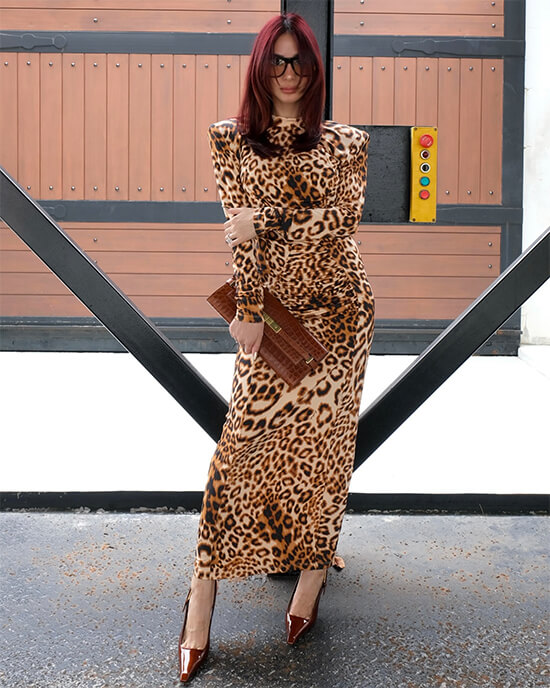
Wearing animal skins was always an expression of power. There was also the belief that the pelts gifted the wearer with some of the animals’ strengths. Leopards, for example, were seen as fierce, very resilient animals.
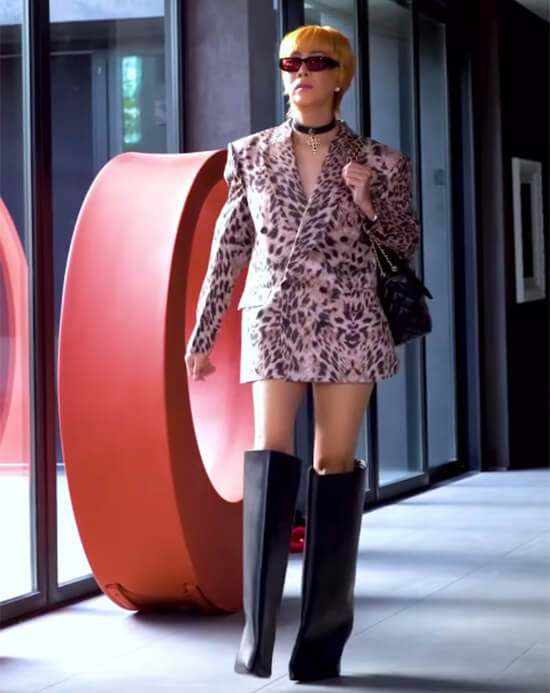
“People feel a primordial connection to them,” says Jo Weldon who wrote the book, Fierce: The History of Leopard Print, where she cites prominent iconographies like “The Seated Woman of Çatalhöyük,” a 6000 BC female figure with her arm on a leopard. Seshat, the Egyptian goddess of wisdom, and Dionysus, the Greek god of wine and hedonism, are often shown wearing leopard or cheetah hide while Chinese goddess Xi Wangmu is depicted with the teeth of a tiger and the tail of a leopard. Egyptian pharaohs and Roman emperors wore skins as symbol of their authority and status, with the Emperor Honorius banning his court from wearing them to maintain exclusivity.

By the 18th century, traveling European aristocrats brought back hides and furs used as coats and rugs which, together with taxidermy, became symbols of their influence and nobility. Hunting became a desirable sport with the belief that wearing the skin of an animal, like a cheetah, gave the hunter its speed. Napoleon’s travels in the 1800s to North Africa ignited an animal print craze in fur coats and rugs, and later, in printed silks that complemented lace dresses for the elite.

By the 20th century, animal prints hit the mainstream. In the 1920s and 30s, stars like Josephine Baker dazzled with pelts, alluding to a confident animal magnetism that fit right in with the sexual liberation of the Jazz Age, while Eartha Kitt carried it with aplomb through the 1950s and beyond. In the 1932 film Tarzan the Ape Man, Maureen O’Sullivan’s character, Jane, inspired women to embrace the adventure and excitement of wearing spots. Pinup star Bettie Page, matching her outfit with a live cheetah, made it seductive while ’50s bombshells Ava Gardner and Marilyn Monroe sealed its reputation as glamorous and confident, with more than a hint of sexual provocation.

It was Christian Dior, however, who gave the print a high-fashion spin in the 1940s, establishing it as a statement motif that would remain a signature of the house through subsequent creative directors. He actually elevated it from something once considered garish or even vulgar to a symbol of bold sophistication and luxury, which remained till the ’60s when Jackie Kennedy made it a hallmark of elegance, attracting paparazzi in that indelible fashion moment—alighting from a limousine in a leopard fur coat with President Kennedy.
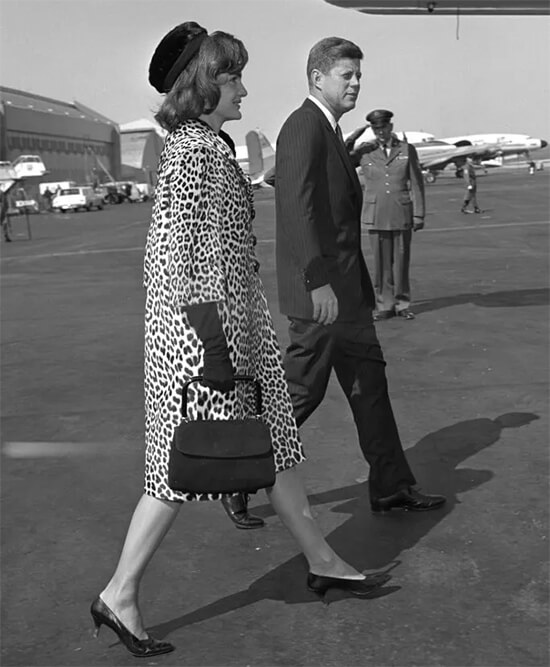
First Lady Imelda Marcos made news in a spotted coat when she was received by Doña Carmen Polo de Franco in Madrid in 1972. In Hollywood, Audrey Hepburn and Elizabeth Taylor also made it distinctive and desirable.
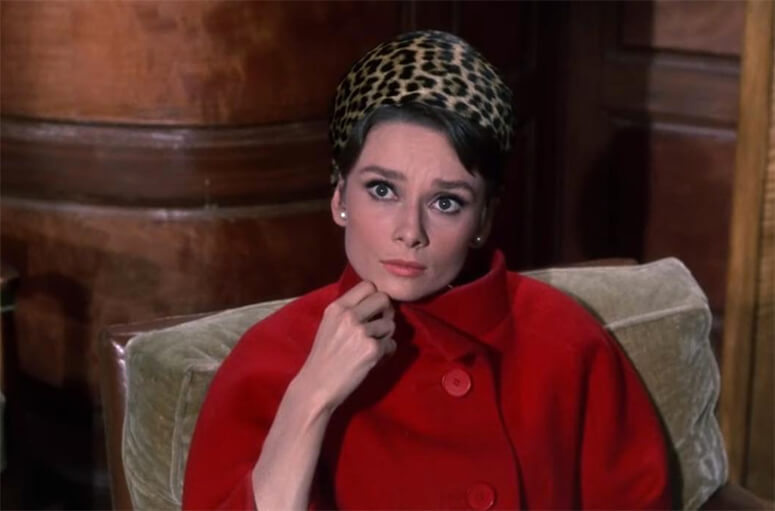
These fashion icons were so influential that the demand for leopard fur skyrocketed, causing a significant decline in the animal population which prompted conservationists to take action—leading to the banning of leopard hunting in 1973 and calling for more sustainable practices.
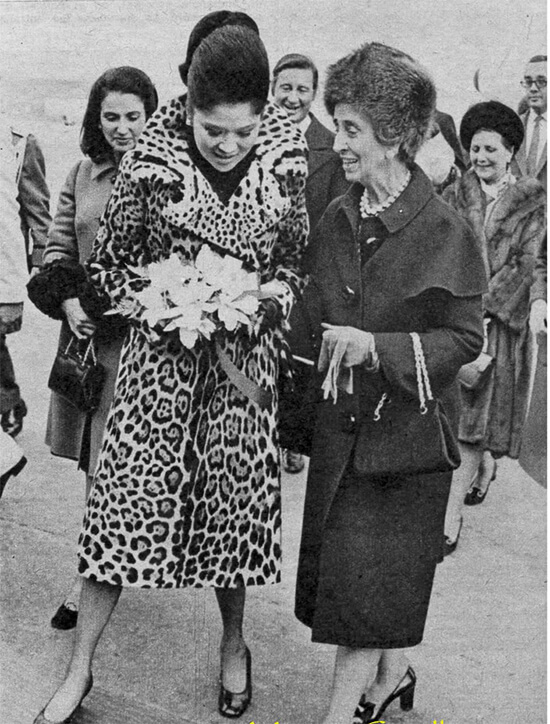
By the end of the swinging, youthquake ’60s, animal prints actually evolved into a more rebellious, countercultural phase, as hippies inspired the everyday person to be wild and free, and rock stars like the Rolling Stones’ Keith Richards and his muse, Italian-German actress Anita Pallenberg, alongside Debbie Harry and Iggy Pop, sported the look. Philippine rock star Sampaguita gave it her own edge at concerts. Punk utilized it together with fishnets and PVC—clothes usually associated with sex workers—to shock and challenge bourgeois ideas of taste.
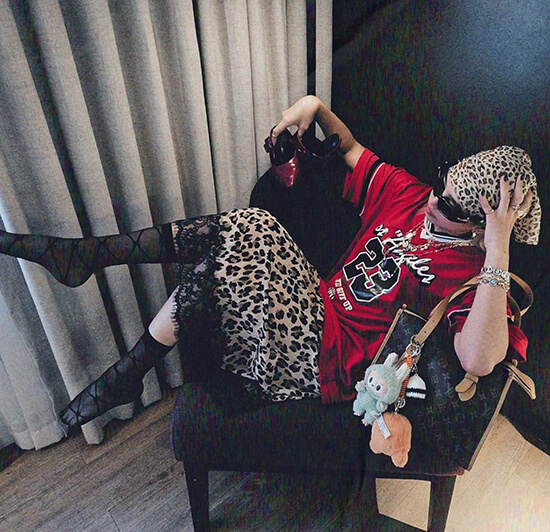
The print became even bolder in the ’80s and ’90s as seen on stages and red carpets and Roberto Cavalli and Versace filling the runways with cheetah spots and zebra stripes. “It” girls Kate Moss and Gwyneth Paltrow had many fashion moments with the print.
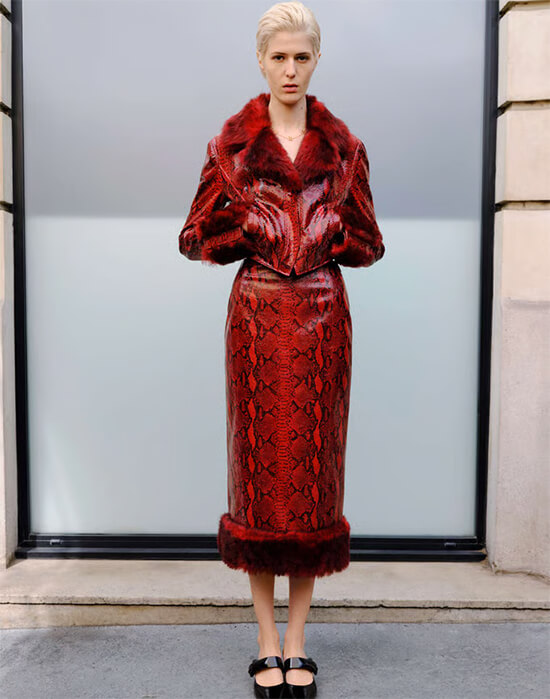
By the 2000s, the trend peaked as Paris Hilton and Fergie popularized it, but later died out and was even deemed trashy. In its recent reincarnation, however, as the younger generation upcycles vintage trends in a culture that is not as judgy of less conservative looks, the reputation of animal prints with its long history—whether sexy, grungy, punky, glamorous or high-fashion—really all depends on the person and how he/she wants to individualize it to give a personal stamp, making it relevant for contemporary times. Ultimately, that’s really where the power of the print lies.


